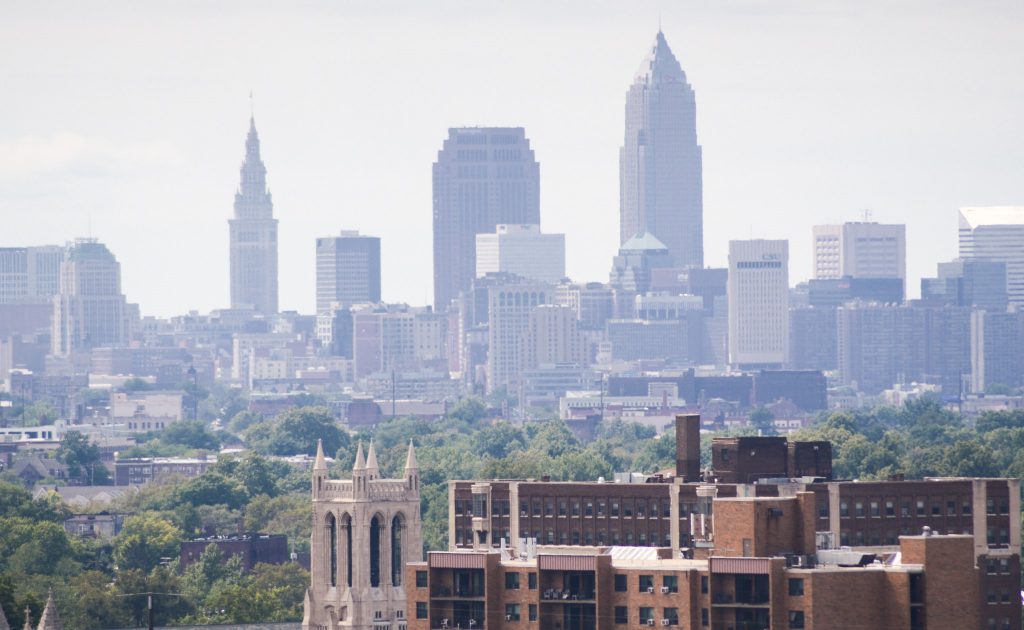
More evidence that many Americans are indeed being left behind.
Our friends at the Economic Innovation Group (EIG) released the 2017 Distressed Communities Index last week, a follow-up to their insightful 2016 report that highlights the vast gaps between America's haves and have-nots.
The latest edition is chock-full of data showcasing where the most affulent Americans reside — and where the more than 52 million Americans who are being left behind live. Here's how EIG explains the difference:
"America’s elite zip codes are home to a spectacular degree of growth and prosperity — hubs of innovation and progress seemingly immune to the concerns over automation, globalization, or lack of upward mobility that pervade national headlines. However, outside of those top communities, economic wellbeing is often tenuous at best. And, at worst, millions of Americans are stuck in places where what little economic stability exists is quickly eroding beneath their feet."
Perhaps not surprisingly, many of the top distressed communities are once prosperous places where industry once reigned king, only to see that wealth decline as manufacturing jobs were sent overseas. Cleveland, Newark, N.J., Buffalo, N.Y., Detroit and Toledo, Ohio round out the top five most distressed of America's top 100 cities; Youngstown, Ohio and Trenton, N.J. are the top two most distressed of small and mid-sized cities.
Another interesting finding: Distressed zip codes contain one-third of America's brownfield sites, which are properties that cannot be reused or redeveloped because of pollution or contamination. Often, these are places that hosted heavy industrial activity years or even decades ago. Here's more:
"In some instances, the site itself tells the story of a community that fell onto hard times when a factory was shuttered or a mine was closed, taking investment and job opportunities with it. Market forces play a role too. Residential property prices tend to be lower in close proximity to industrial areas, for example. The market can thus drive poor populations into neighborhoods that already have brownfields or are predisposed to getting them in the future."
Breaking down the numbers even further, EIG found that minority communities disproportionately reside in distressed areas. Blacks and Native Americans are more likely to live in a distressed zip code than any other type of community and are three times more likely to live in a distressed community than a prosperous one.
These findings, at least for the African-American community, appear to be in line with what Gerard D. Taylor wrote about in the 2016 report Unmade in America, which is that black workers — already at an unfair disadvantage for a whole host of reasons — also disproportionately suffered when major factory job loss took place in the late 20th century and first decade of the 21st.
But Americans of all racial and ethnic backgrounds live in distressed communities, and EIG found these people are suffering as a result. They die five years sooner compared to Americans in prosperous areas, while mortality rates are 25 percent higher in distressed countries than prosperous ones. Women's health is particularly poor in these places, with women suffering from higher rates of obesity and diabetes. Substance abuse rates are also far higher in distressed communities.
O.K., I know what you are thinking: I GET IT. I've read enough Chris Arnade articles to know that places that used to have a lot of manufacturing and don't anymore are in pretty rough shape.
But what the EIG study further confirms is that there is indeed a stark divide between Americans who are doing well in the current economy and Americans — again, more than 52 million of them — who reside in places that are suffering. That problem is driving many of the seemingly unbreakable divides impacting our politics today, and it is going to remain a problem unless something is done about it.
And before you jump into whatever preconceived political notions you have about who is to blame for all this distress, consider that EIG discovered that distressed communities are a bipartisan issue, as Democrats and Republicans both represent large portions of this population.
So, where do we go from here? Well, this is a problem that is decades in the making and it is going to take some time to repair.
Strengthening American manufacturing is a start.
Look, America is never going to return to the assembly line era of the 1950s, when factory employment was at its peak. But manufacturing still has a big role to play in the American economy — and enacting policies to drive innovation and business creation, train workers for the jobs of the future, and create a level-playing field for American manufacturers and workers (like, say, the 1 million people whose job depends on the U.S. steel industry) is how we can begin to bridge the gap.
